Our Bordeaux Adventure – Part Deux
Posted on October 26,2024 By John Compisi

You will recall from Part Un, that we arrived in Bordeaux on a Sunday evening, near the end of June, from Paris. We settled into our hotel, the Hôtel Majestic, and met up with the other 18 of our fellow travelers, our winemaking hosts, Adam Lee and Morét Brealynn and our guide, Kelly McAuliffe!
We had a wonderful welcome dinner and a great first day visiting three Châteaux in both St. Emilion, on the Right Bank and Graves, on the Left Bank.
We finished the first day with a delightful dinner back in Bordeaux.
This is Part Deux of our 5 days in Bordeaux.
After a good night’s rest, we were ready to begin our second full day in Bordeaux.
What wonders and surprises would we experience today under the guiding hands and tutelage of our two American winemakers and our American French wine expert guide?
Day 2 – Pessac-Léognan, Saint-Julien and Pauillac
An early start and we are off we to Château Haut Bailly located in Pessac-Léognan, on the Left Bank, in Graves. We were welcomed by Cyprien Champanhet, Director of Business Development & Marketing. As one might expect, Cyprien was handsome, charming and knowledgeable. We started in front of the 18th Century chateau located in the center of the vineyards and then moved to the recently constructed state of the art production and storage facility.
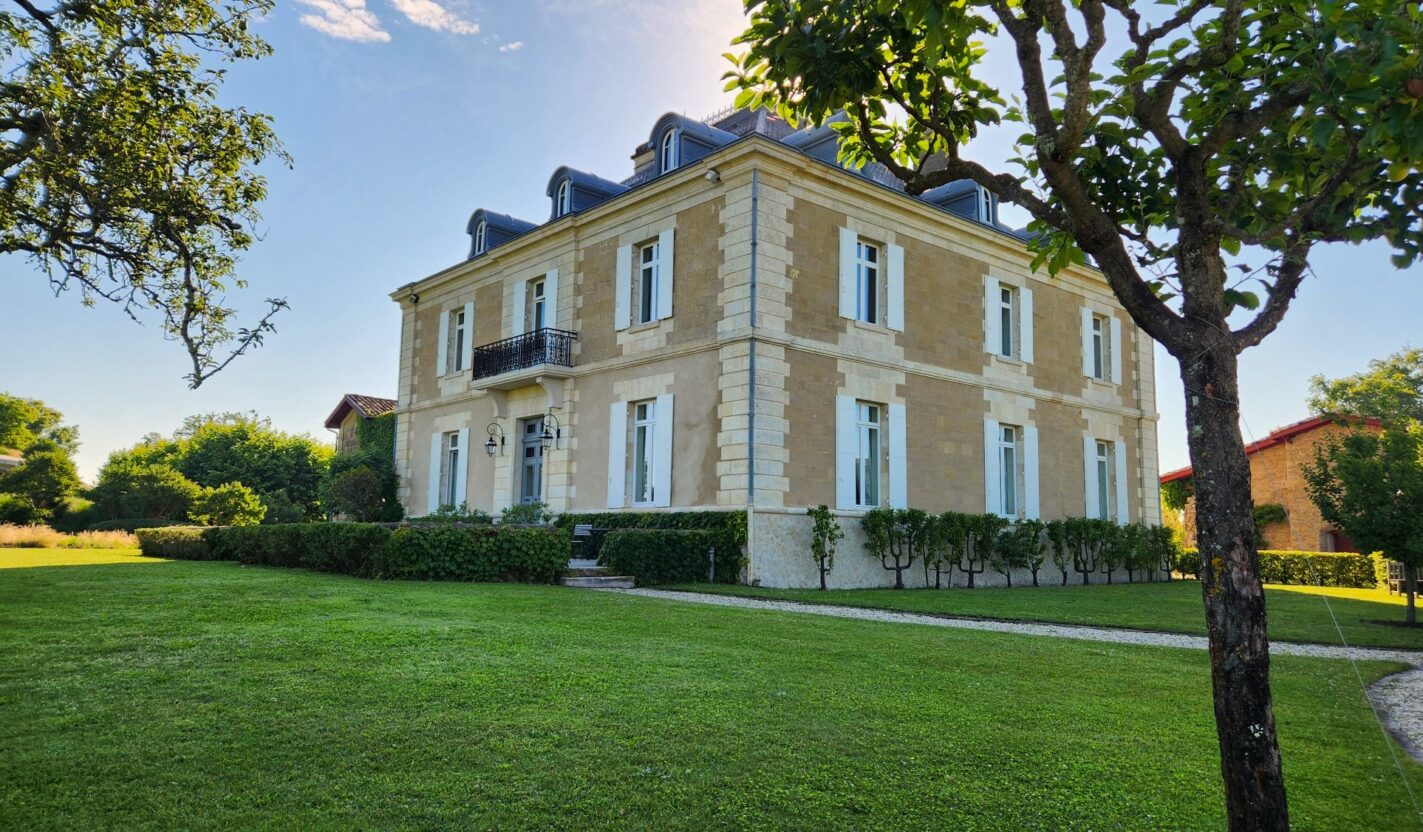
The wine making technology at Haut Bailly blew us away. Constructed in 2020 and employing gravity flow everywhere while using digital technology and sensors to monitor temperatures and every other important aspect of wine production possible, was amazing. Truly space age. The wines we tasted were pretty awesome, as well.
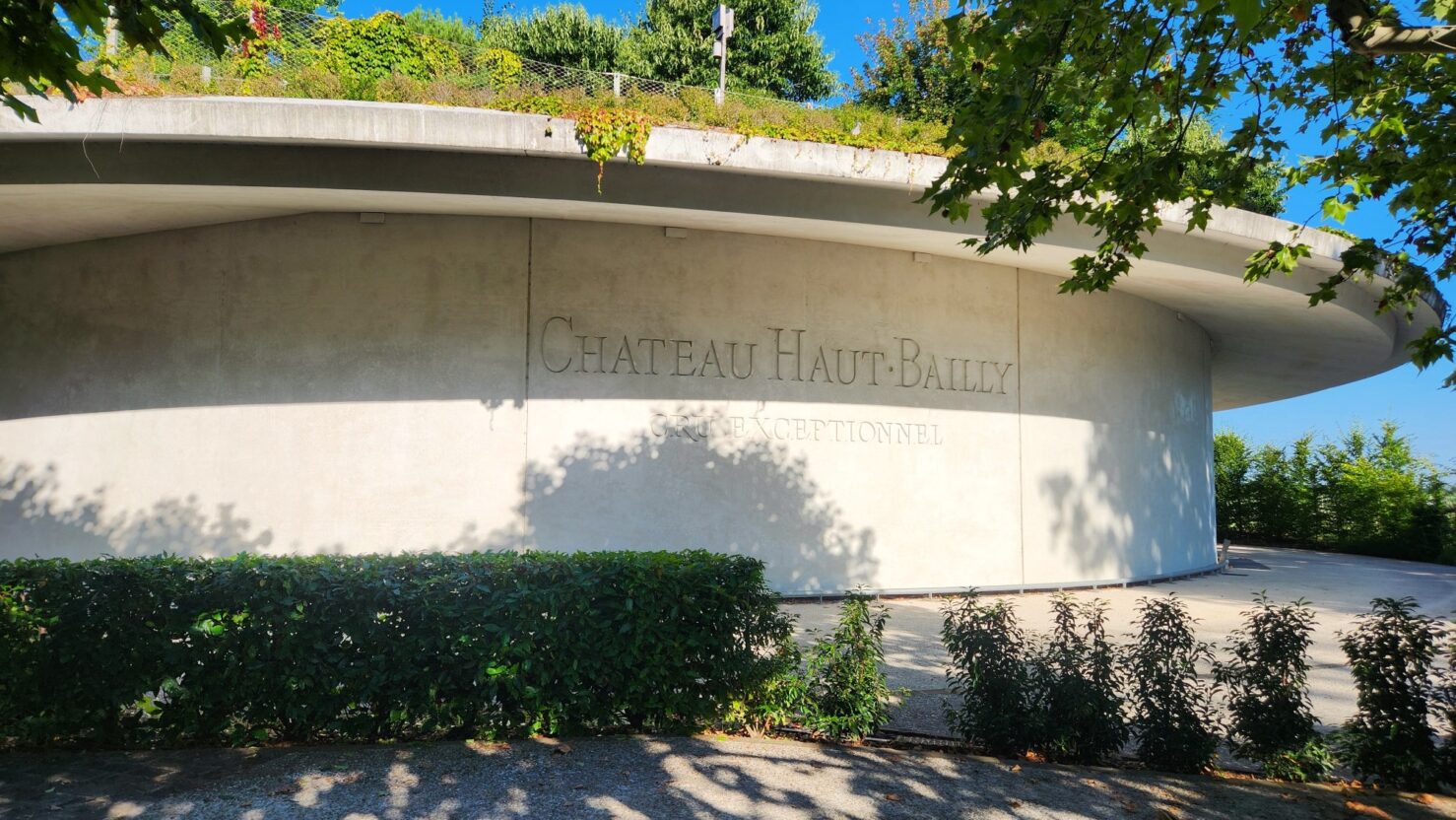
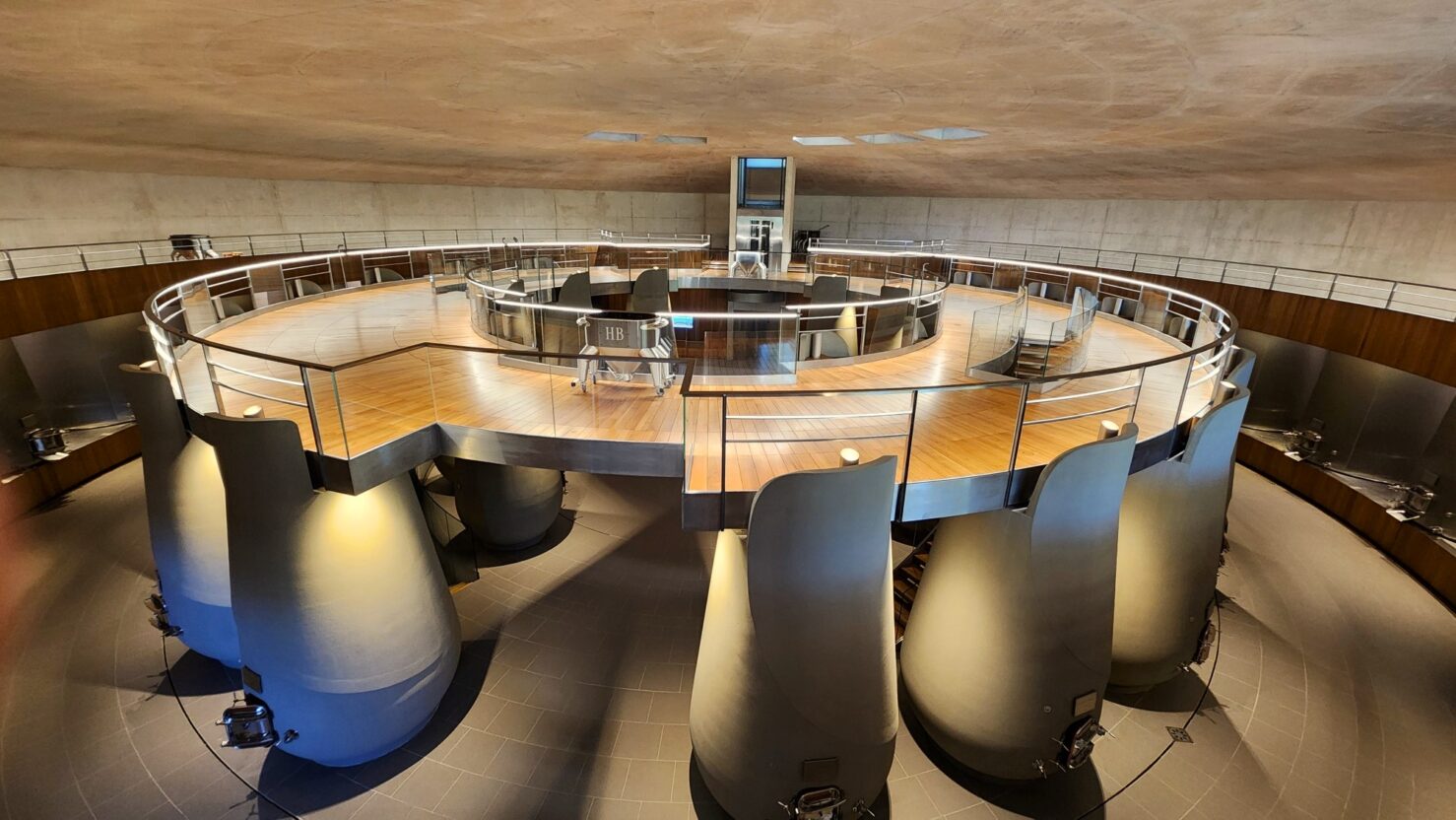
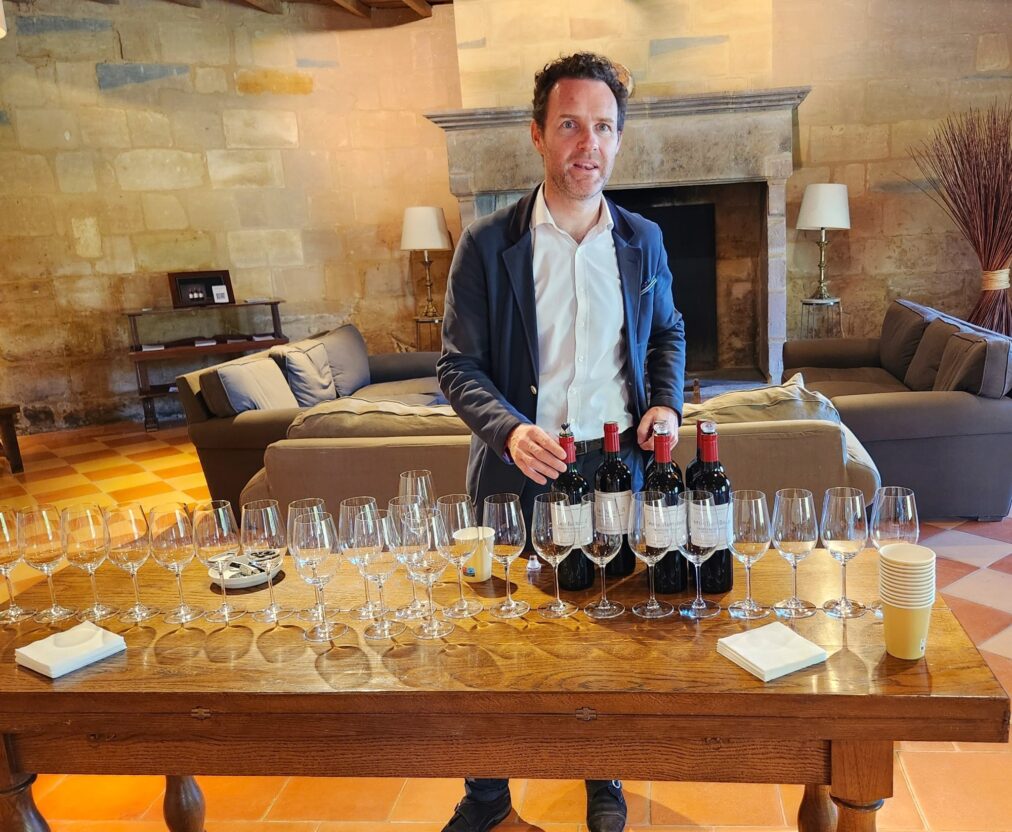
We tasted three delicious wines:
2015 Château Haut Bailly, Grand Cru Classé, is 60% Cabernet Sauvignon, 36% Merlot and 4% Petit Verdot. This is a rich, dense, balanced wine. With layers of soft tannins, ripe red fruits and balanced acids. It reflected is age in elegance and balance. Perfect for drinking now.
2019 Château Haut Bailly, Grand Cru Classé is 56% Cabernet Sauvignon, 36% Merlot, 4% Petit Verdot and 4% Cabernet Franc. The aromatics reflected the wet vintage and predicts the future of rich violets, blackberries and blackcurrants. Full-bodied, yet so linear and fine, with tannins that go on so long. Probably worth laying down for 5 more years.
2019 Château Haut Bailly II, the second label is 60% Merlot, 40% Cabernet Sauvignon. The aroma of dark berries and violets on the nose, smells rich and round. Beautifully fresh on the palate, there is a real zing and burst of red fruit juiciness but also a lovely cooling freshness from the start. Almost has a blue fruit touch but there’s strawberries, raspberries and red cherries too. Smooth tannins with a gently chalky grip that coat the mouth giving structure and body.
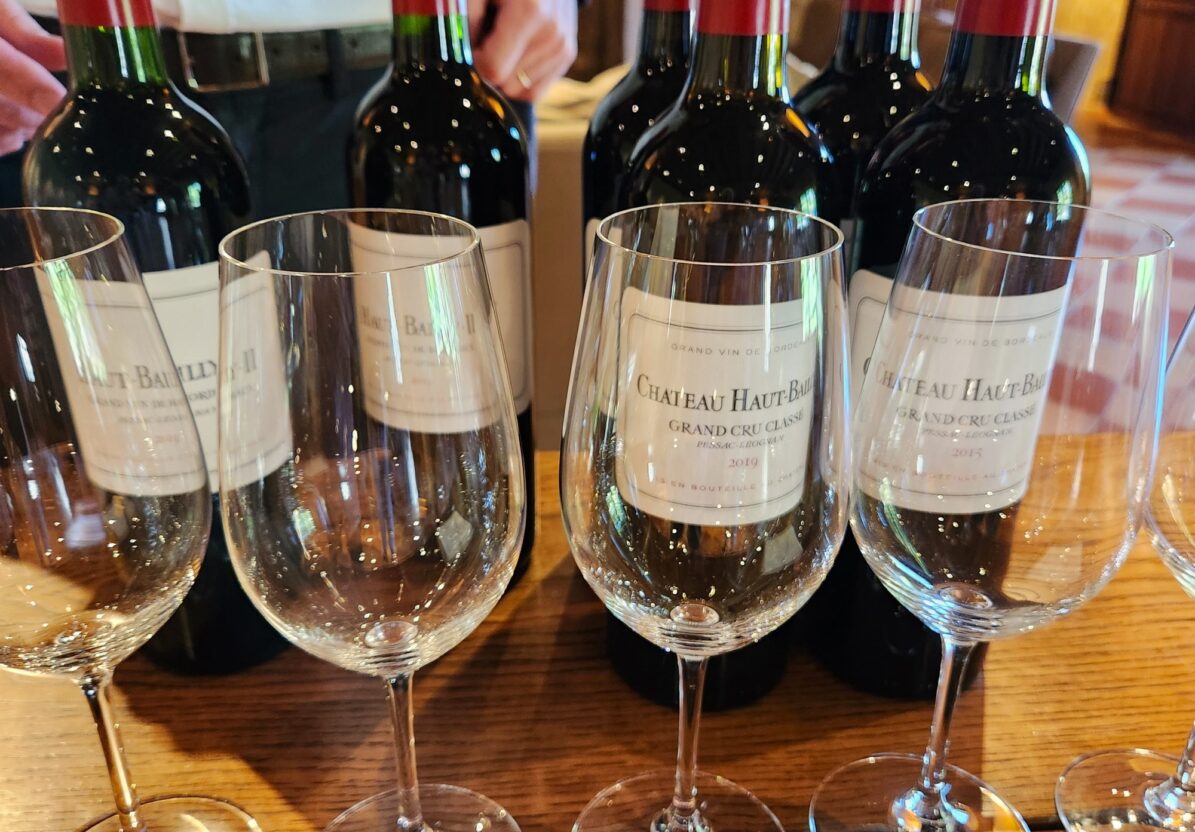
From Haut Bailly, we motored to iconic Château Haut Brion which was undergoing major construction and, other than the wine shop and tasting cellar, was closed to the public. We drove a short distance to their 2nd estate, Château Mission Haut-Brion.

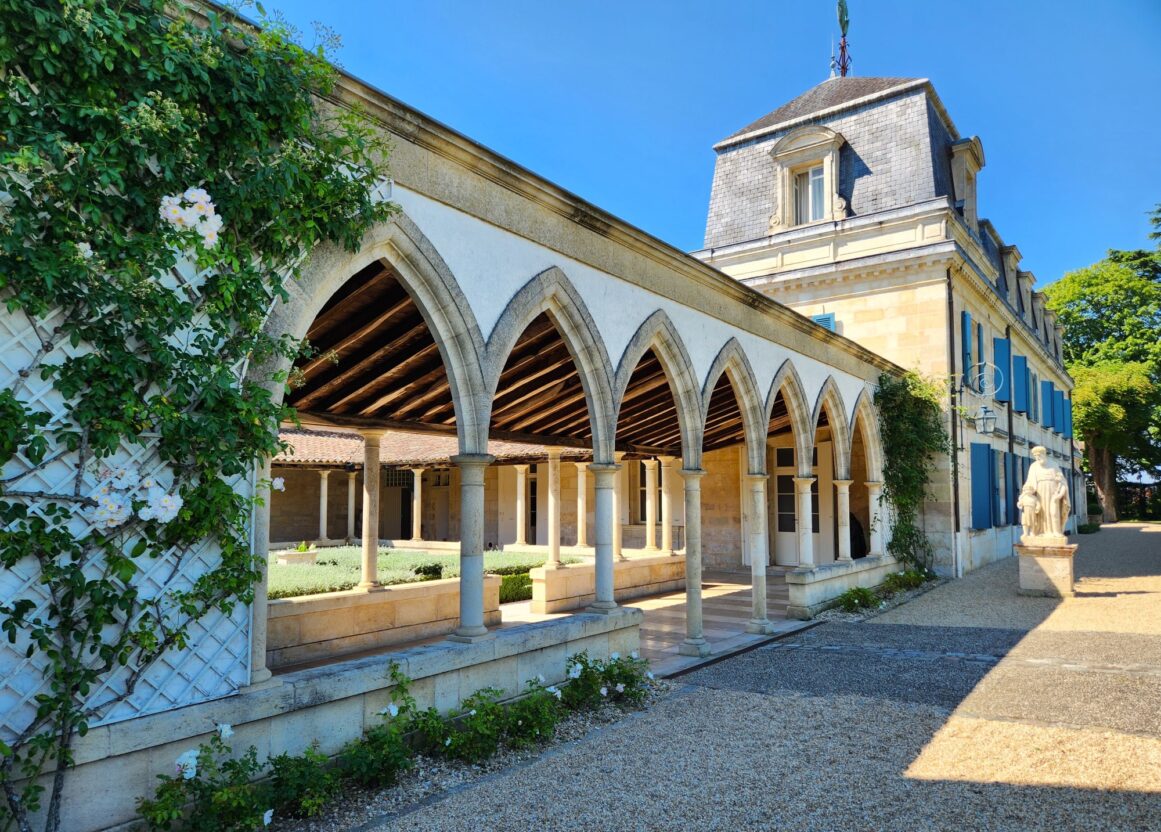
The two properties have been linked since 1540 when Arnaud de Lestonnac purchased and planted a plot of land which would become Mission Haut-Brion and then married the sister of Jean de Pontac, his neighbor and the father of Château Haut Brion. Both Château are owned by Domaine Clarence Dillon.
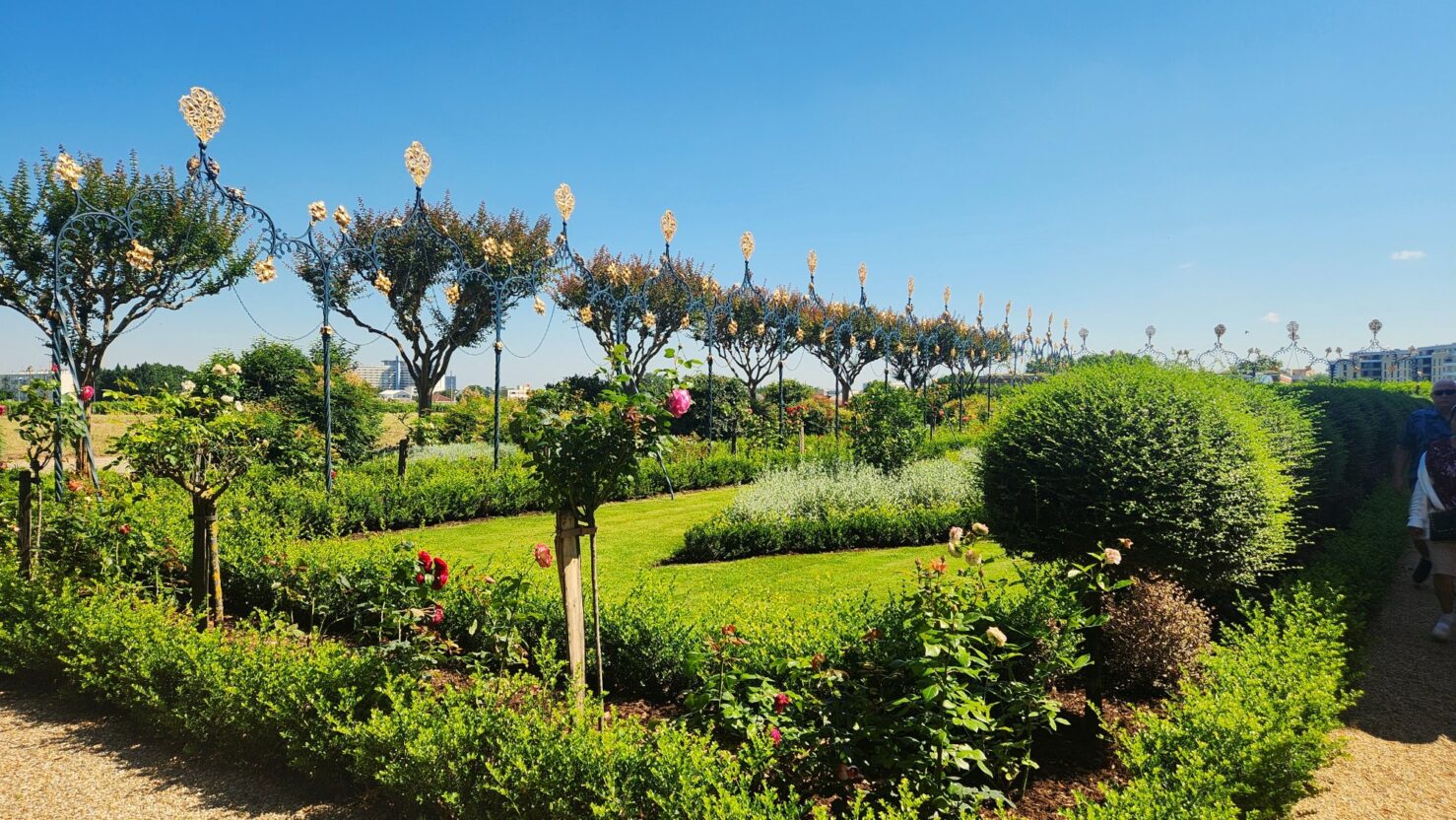
Haut Brion is a slightly heavier wine than La Mission Haut Brion. The complex aromas featured ripe fruit, spices, and liquorice. The mouth feel was subtle with no harshness, rich tannins and a long and lustrous finish. There is 106 acres of vines planted, with 45% Cabernet Sauvignon, 40% Merlot, and 15% Cabernet Franc. On average, the vines are 36 years old, and Haut Brion spends 22 months in new oak.
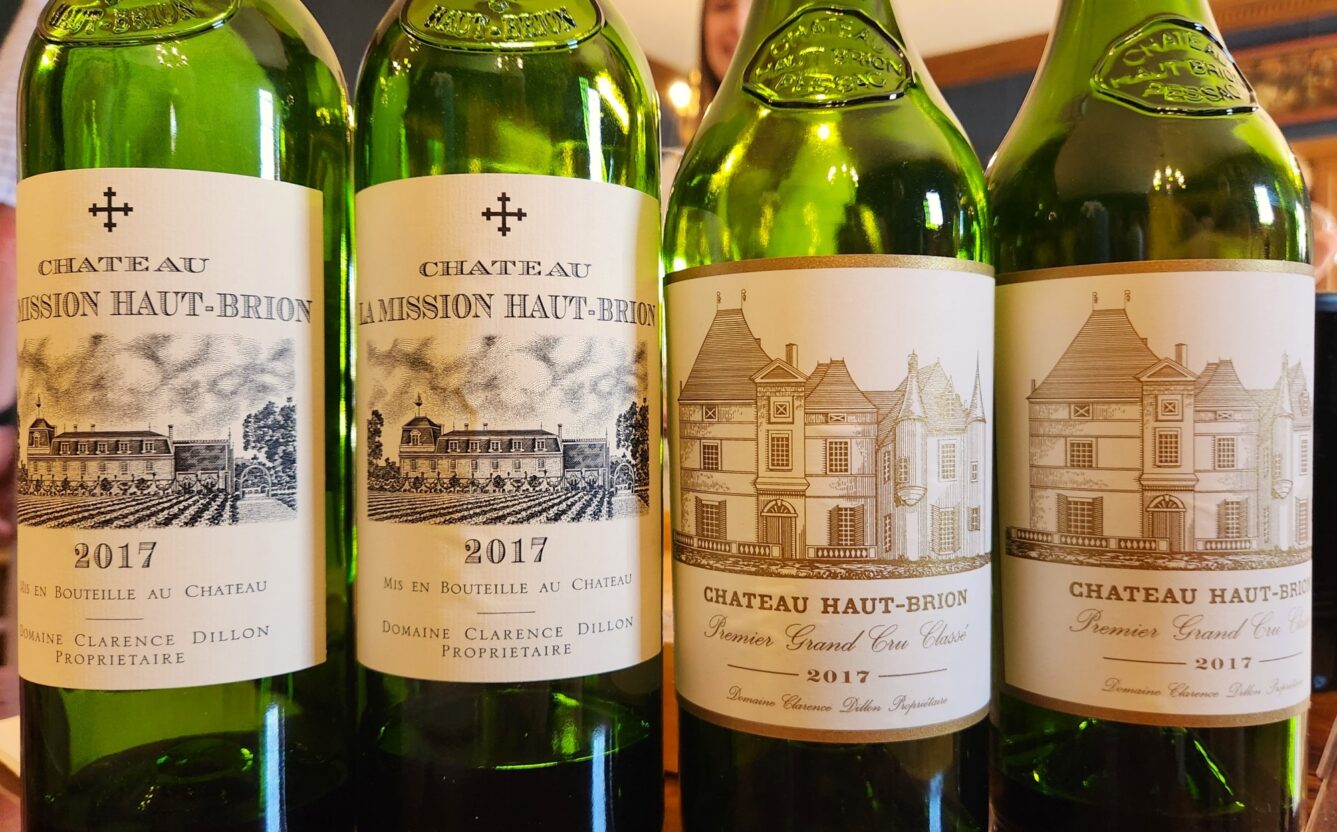
Sister property, La Mission Haut Brion wines are more elegant and noble than Haut Brion. We found it almost impossible to resist La Mission Haut Brion’s suppleness, structure, extraordinary balance, and sophisticated look and feel. There are about 50 acres of vines planted with 48% Cabernet Sauvignon, 45% Merlot, and 7% Cabernet Franc. The vines are on average 21 years old, and the wine spends 20 months in new oak.
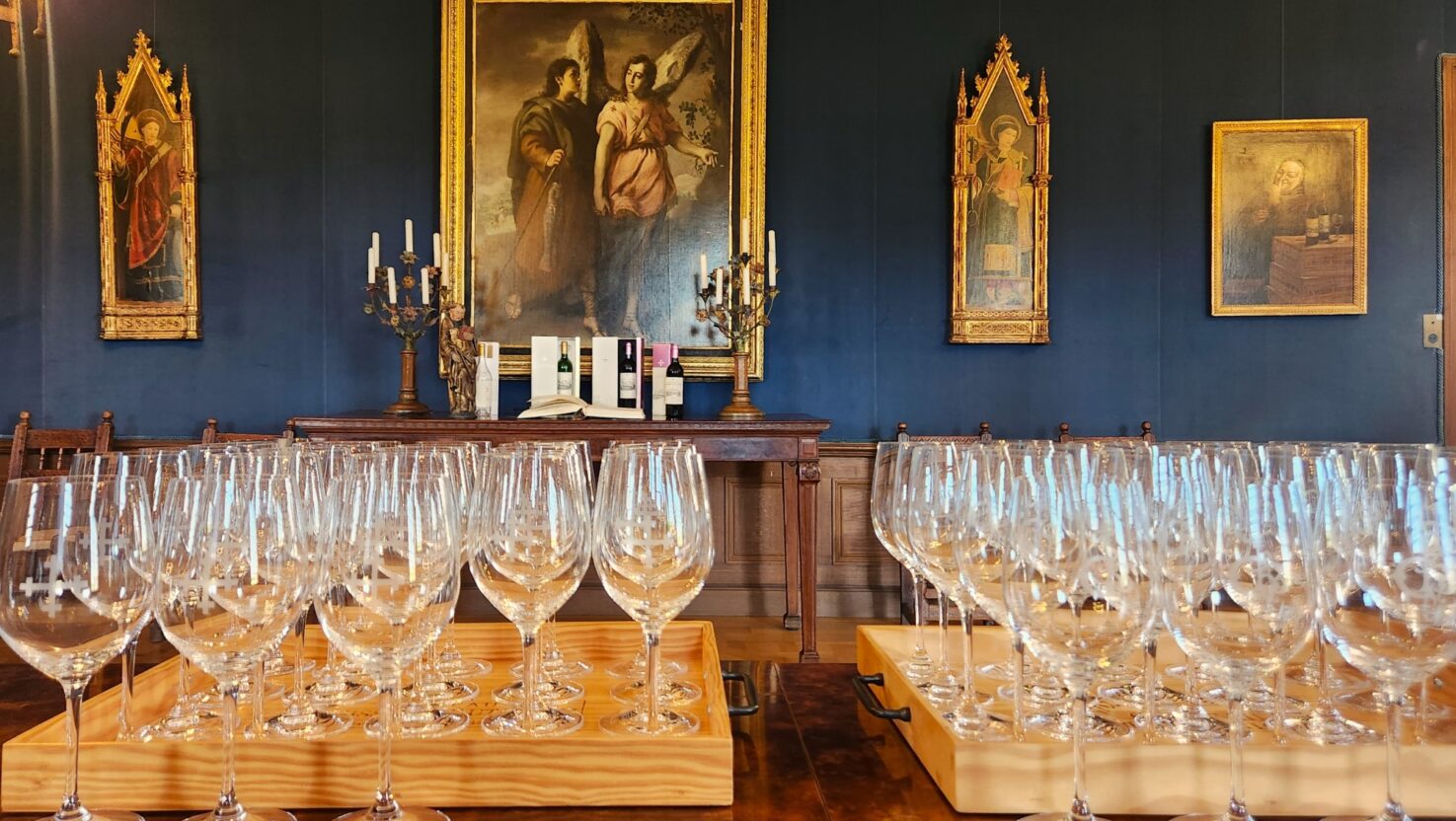
We left La Mission Haut Brion and made a quick lunch stop at the Tasty Grill, similar to a deli but also serving burgers and other hot items, as its name suggests. We had preordered sandwiches and sat outside while Kelly and Adam provided more wines using the blind tasting method to challenge our palates. The sandwiches were delicious as were the wines.
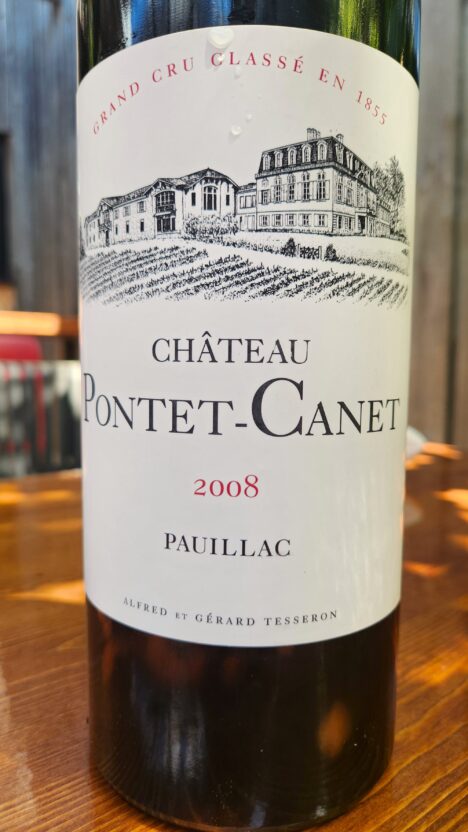
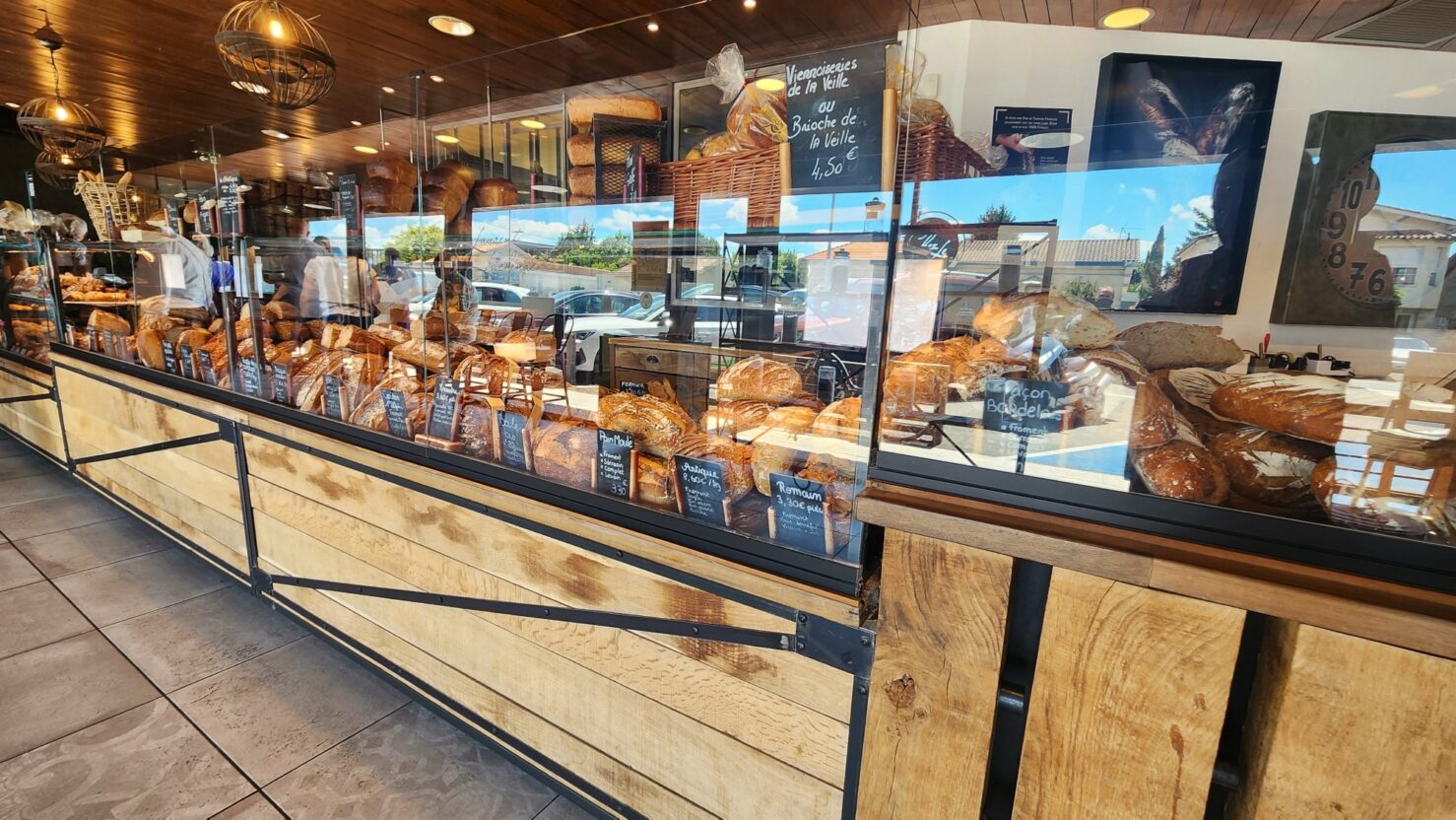
We proceeded to Chateau Léoville Poyferré in Saint-Julien. The vineyards cover about 200 acres and are split into several groups. The varietals include approximately 63% Cabernet Sauvignon, 25% Merlot, 7% Petit Verdot, 5% Cabernet Franc.
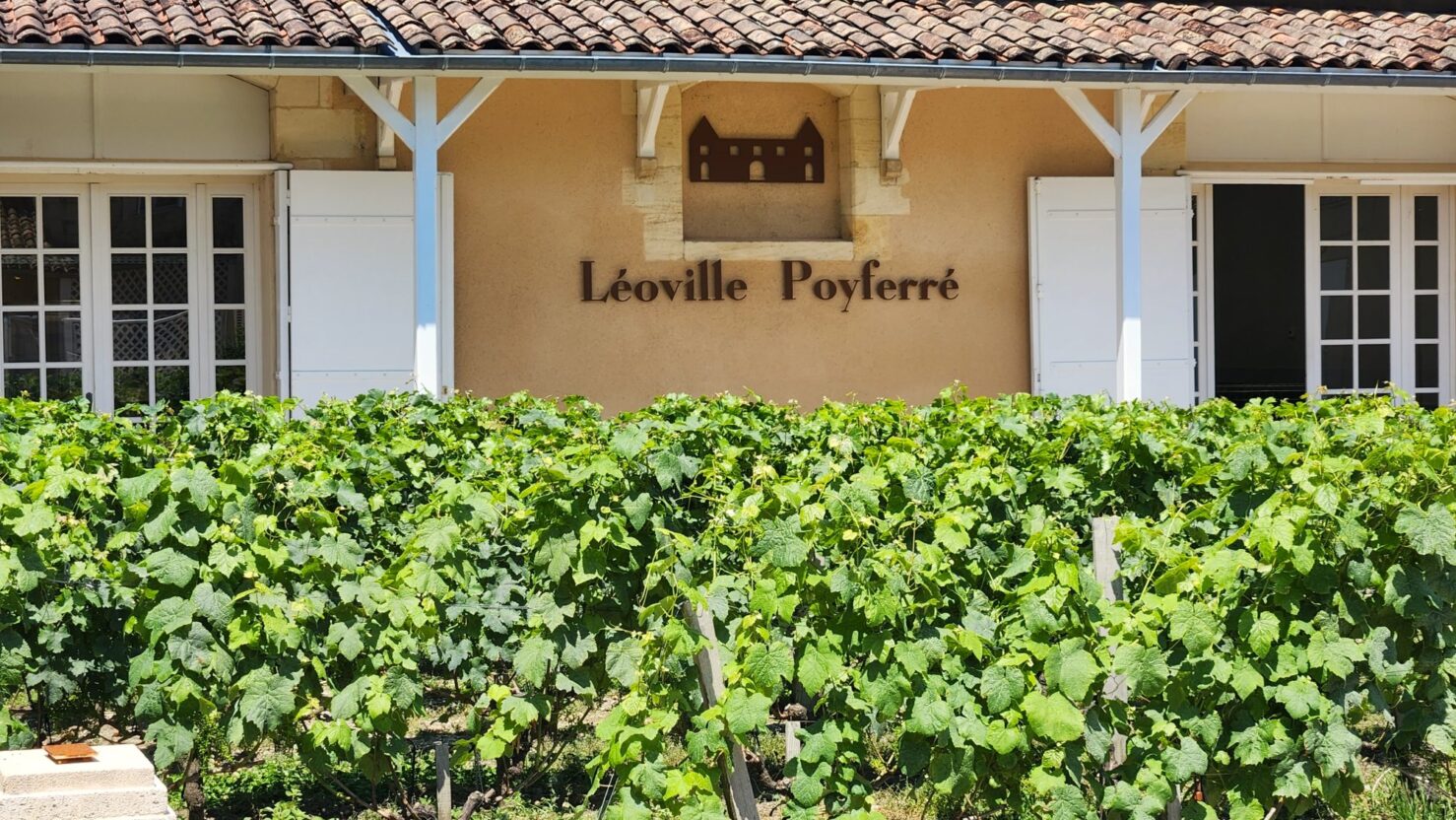
The history of Léoville dates back to 1638 but it did not become Château Léoville Poyferré until 1940 when Baron Jean-Marie de Poyferré added his name to Léoville. The property, like so many we saw, was amazing while unique.
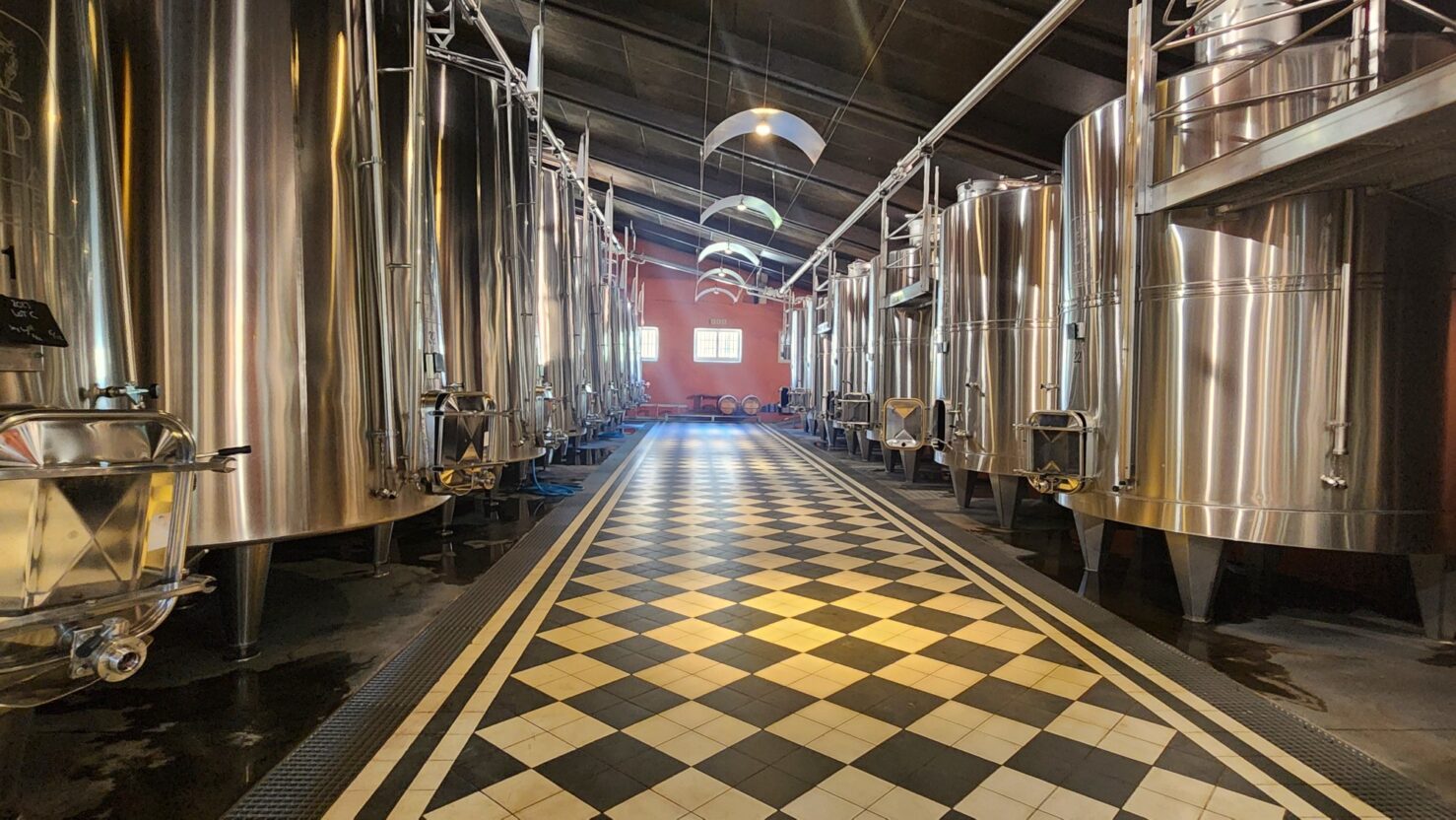
We tasted 5 wines with 3 different labels representing 3 distinct vineyards.
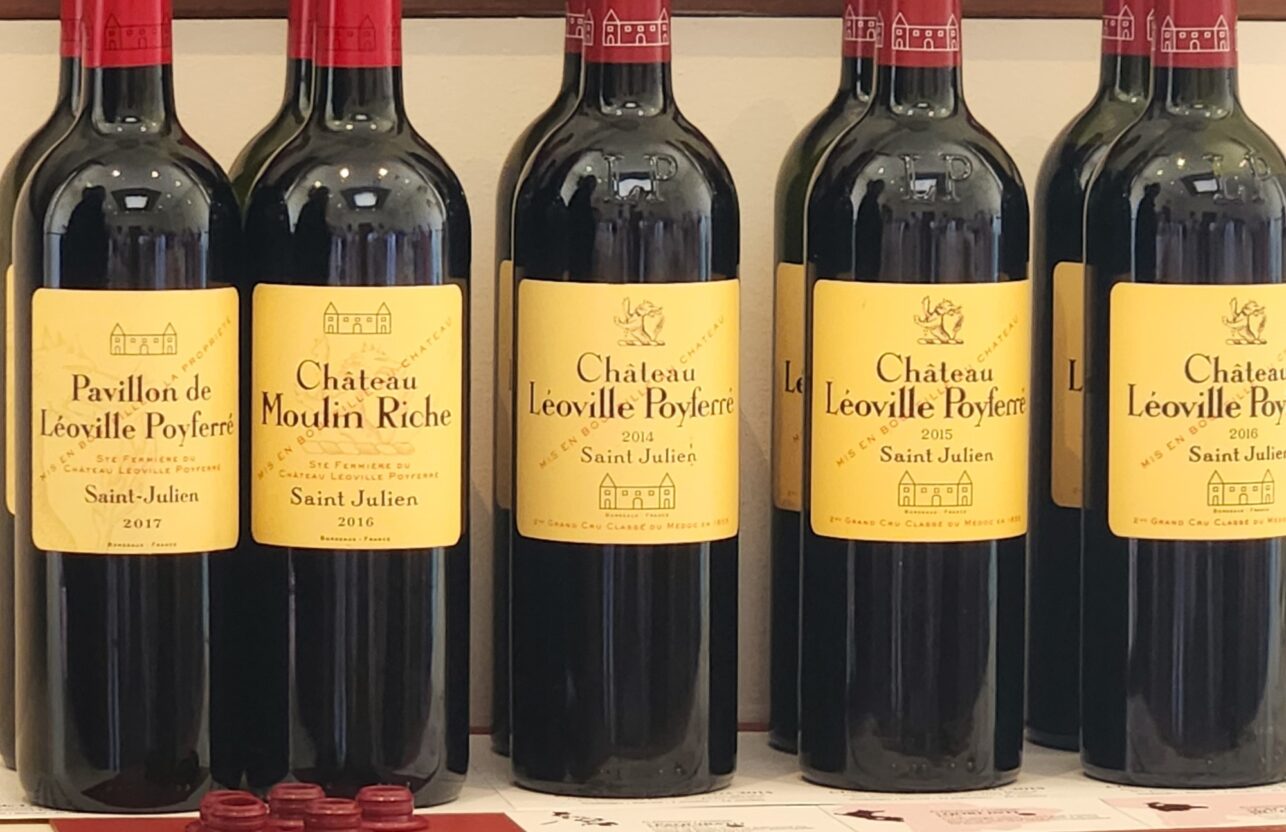
The 2014 Léoville Poyferré is a blend of 60% Cabernet Sauvignon, 35% Merlot and 3% Cabernet Franc and the balance Petit Verdot. The 2014 is a ripe, concentrated, seriously impressive wine that offers exuberance, texture, and character. Crème de cassis, graphite, toasty oak, and hints of tobacco all emerge from this purple-colored wine with a great finish. Drink this beauty anytime over the coming 15-20 years.
The 2015 Léoville Poyferre is cut from the same cloth as the 2016 (see below), yet is more rounded and opulent. Notes of cassis, licorice and graphite all emerge from this ripe delicious wine. It is loaded with fruit and texture. It will mature in 3-4 years and last for 3-4 decades. The blend of the 2015 is 65% Cabernet Sauvignon, 26% Merlot, 6% Petit Verdot and 3% Cabernet Franc.
The 2016 Léoville Poyferre is a blend of 62% Cabernet Sauvignon, 26% Merlot, and the balance Petit Verdot and Cabernet Franc. It was aged in 80% new oak. This wine is beautifully concentrated, full-bodied and offers a heavenly bouquet of crème de cassis, blackcurrants, smoked earth and tobacco leaf. The tannins are smooth and it has a wonderful finish. This wine can lay down for 3-4 decades as well.
The 2016 Château Moulin Riche is made from a single block of 50 acres. The terroir is quite different from the Léoville. The 2016 is deep ruby in color with a full, ripe bouquet. The palate is rich with soft, ripe tannins and delightful fruit. It was aged in 25% new French oak.
2017 Pavillon de Léoville Poyferré is very dense, marked with an exquisite aromatic expression, freshness of blackberry and currant. A delicate hint of oak brings more depth to the blend. Full-bodied and silky, the tannins are quite muscular. 69% Cabernet Sauvignon, 20% Merlot, 4% Cabernet Franc, 7% Petit Verdot.
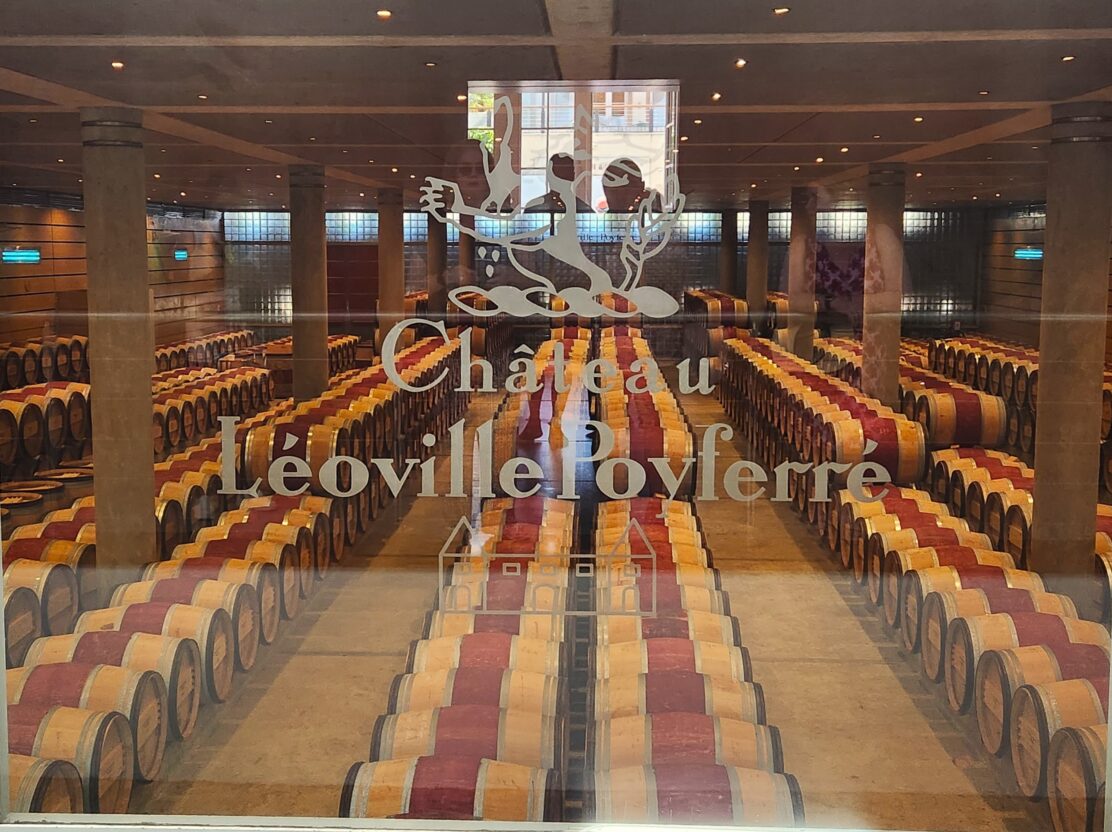
Château Léoville Poyferré was an exquisite experience.
We left Poyferré and headed to Château Lynch Bages in Pauillac, arriving about 4:30 in the afternoon. The first mentions of the lands of “Batges” date back to the 16th century.
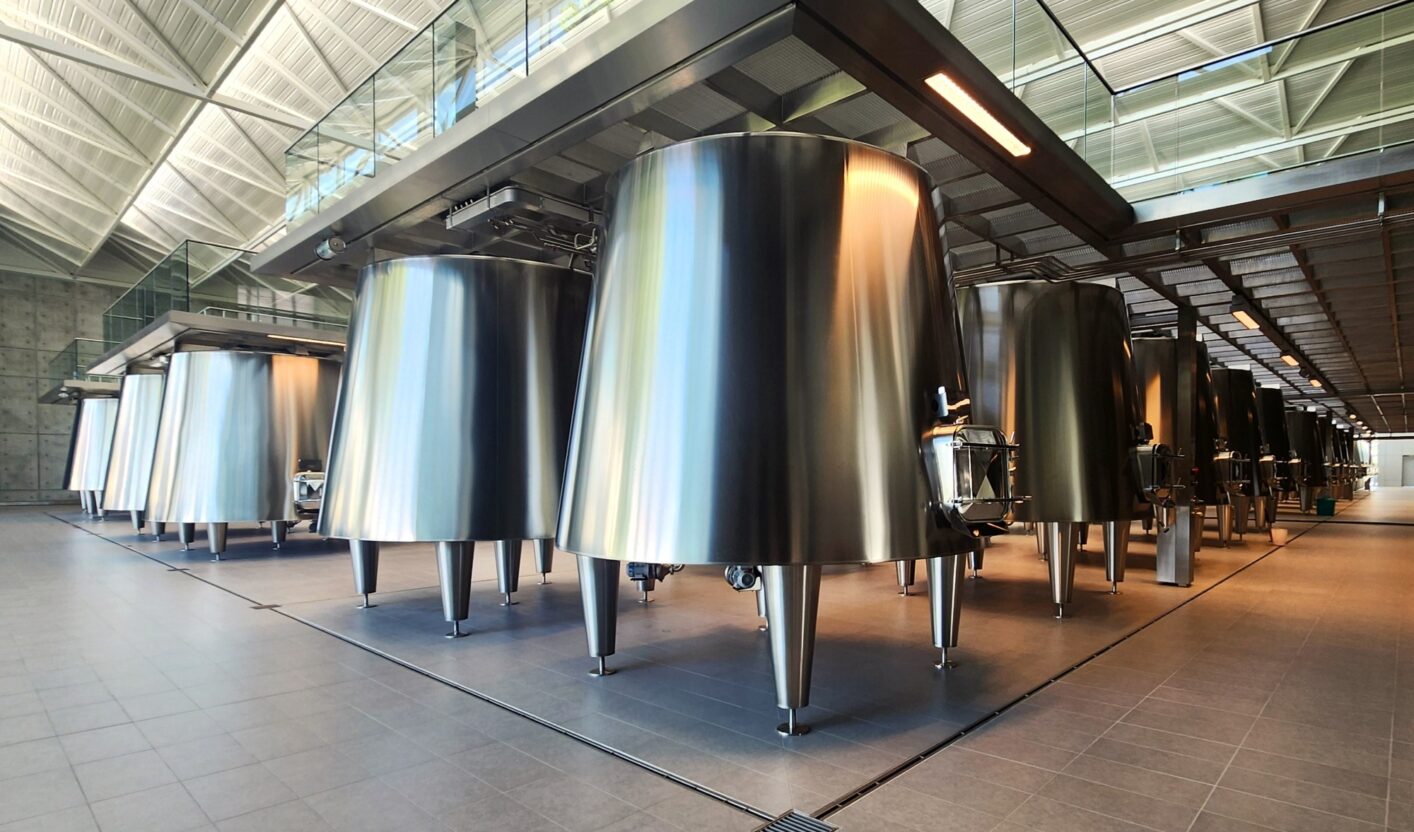
In the late 17th century, an Irishman, John Lynch, gave the estate a new dimension. His son, Thomas, acquired the Domaine de Bages in 1750. The next generation of Lynches, selected the best grape varieties, systematically drained the soils, and invented new tools to cultivate the vines.
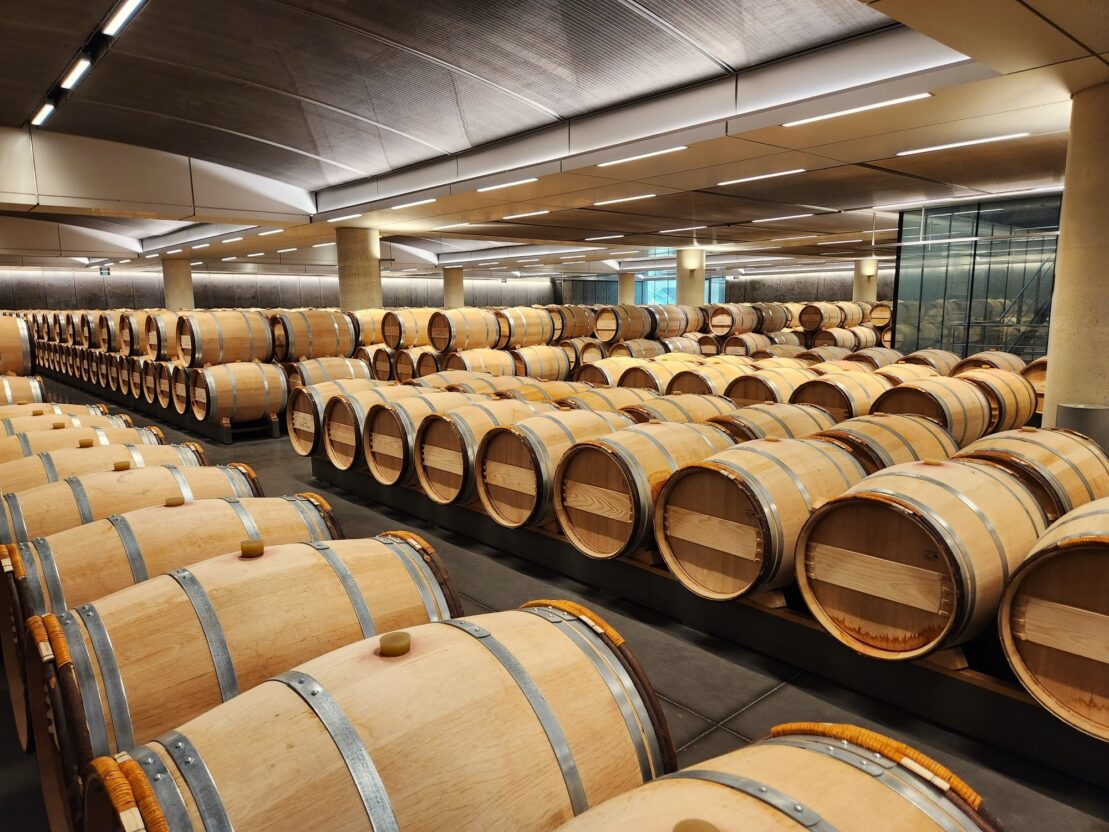
Ownership of Château Lynch-Bages remains with the Cazes family since the late 19th Century and encompasses 220 acres. planted predominantly with red wine grape varieties (73% Cabernet Sauvignon, 15% Merlot, 10% Cabernet Franc and 2% Petit Verdot). There is also a small (approximately -11 acres) plot planted with white varieties (40% Semillon, 40% Sauvignon blanc and 20% Muscadelle).
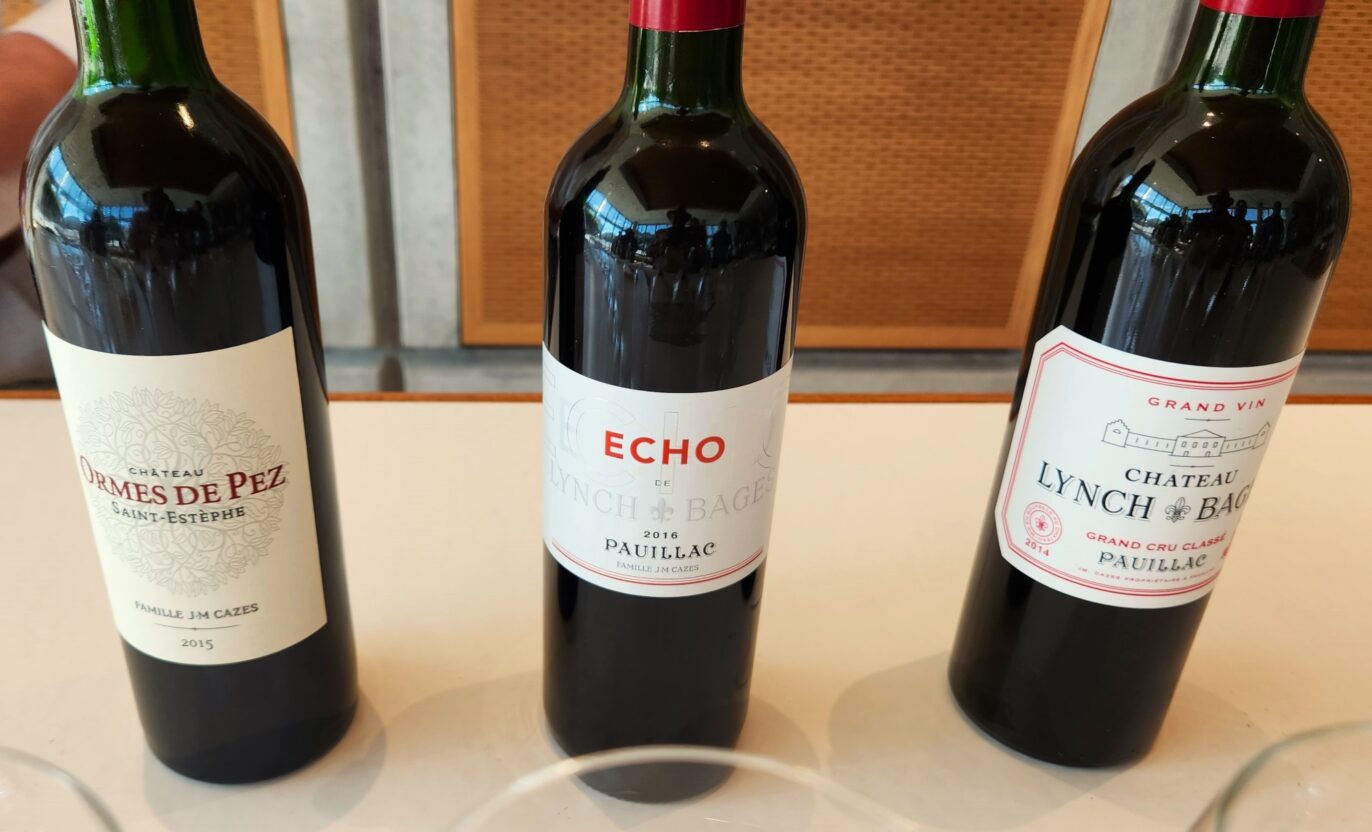
We tasted three wines from Château Lynch-Bages:
Château Ormes de Pez is the second property – after Château Lynch-Bages – acquired by the Cazes family in 1939. Its powerful, rich and excellent tannic backbone allows graceful ageing. 49% Merlot, 44% Cabernet Sauvignon, 6% Cabernet Franc, 1% Petit Verdot. Black cherry, plum, and wild berries, medium bodied with moderate tannins. 45% new French oak barrels for 16 months.
Echo de Lynch-Bages 2016, displays savory aromas of fresh red fruits. Its ability to age is outstanding. 73% Cabernet Sauvignon, 27% Merlot. Unique in that it uses 100% once used French Oak barrels. Classic dark fruits, graphite, licorice, cedarwood, and subtle oak all emerge from this medium-bodied, balanced wine.
Château Lynch-Bages 2014 opens up with a mixture of red and black fruit, cedar and tobacco. It seemed to gain harmony and intensity in the glass. Give this Pauillac 4-5 years in bottle. Cabernet Sauvignon (69%), Merlot (26%), Cabernet Franc (3%), Petit Verdot (2%). It aged 18 months in 75% new oak barrels.
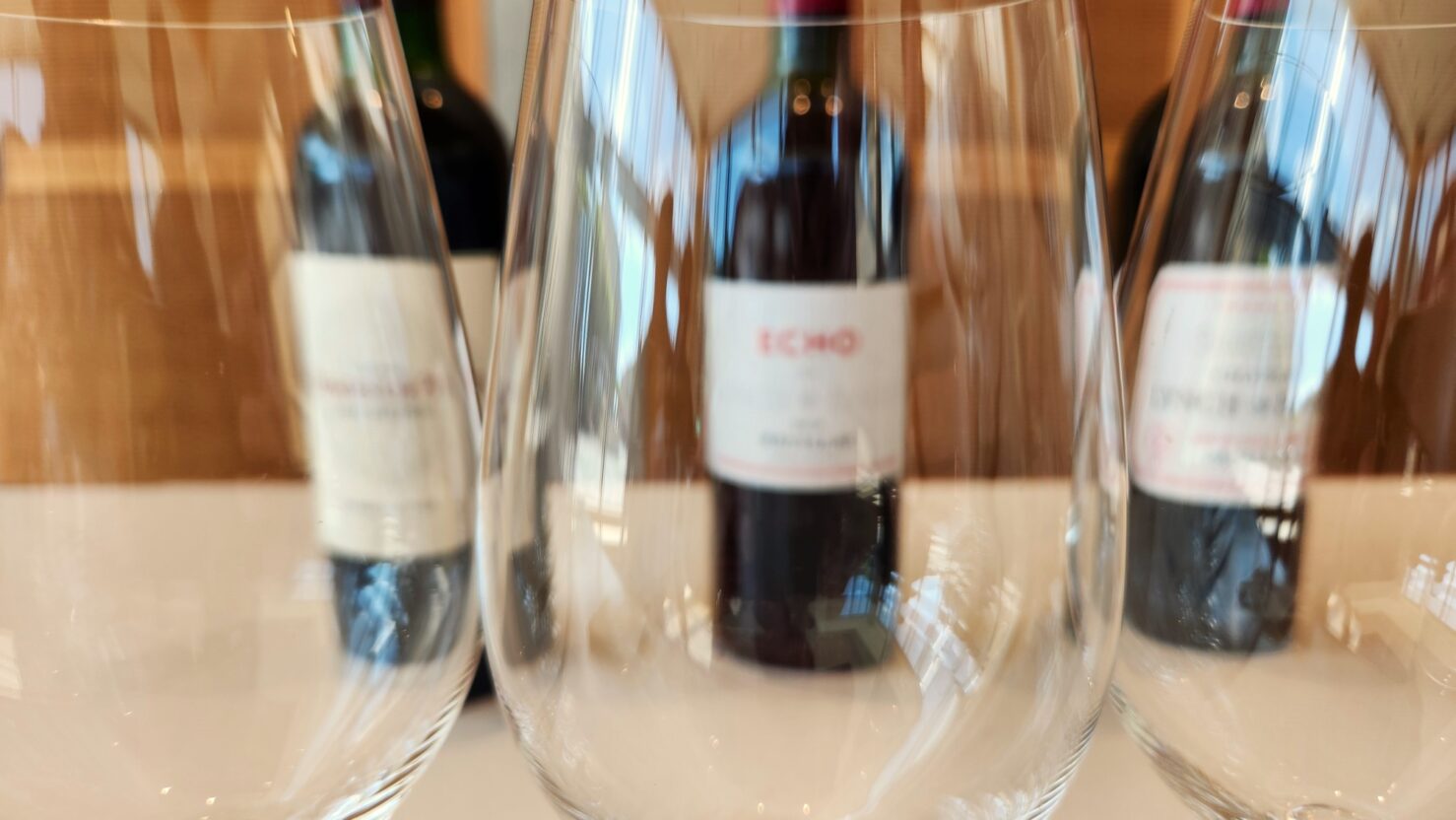
Château Lynch-Bages was one of our top 3 of the 16 Chateaux we visited.
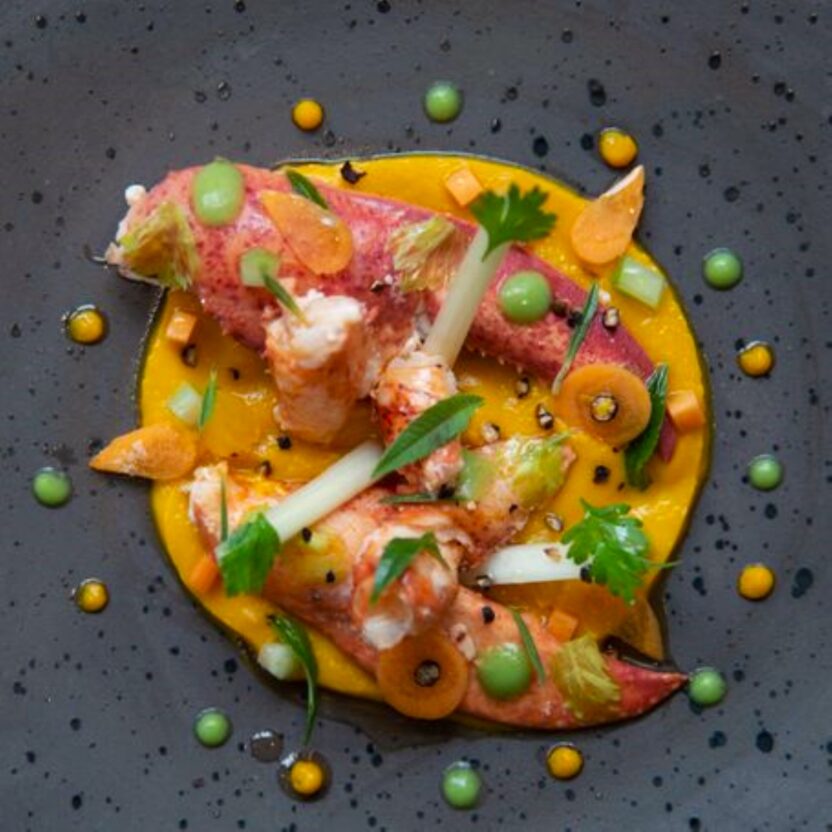
We ended our exhausting day at Restaurant Le M, created by two renowned French Chefs, Arno Busquet and David Personnaz. Both Chefs have academic backgrounds consisting of Michelin-starred gourmet restaurants and experiences abroad. Our group took up two separate long tables in the main dining room. The food was deliciously prepared and beautifully presented.

So, Day Deux ended on this high note. Exhausted and satiated from a day of amazing wines and food, we ambled back to the Hotel Majestic for a restful and rejuvenating sleep before arising on Wednesday for another Bordeaux adventure. Keep an eye out for Part Trois, which will be coming soon.